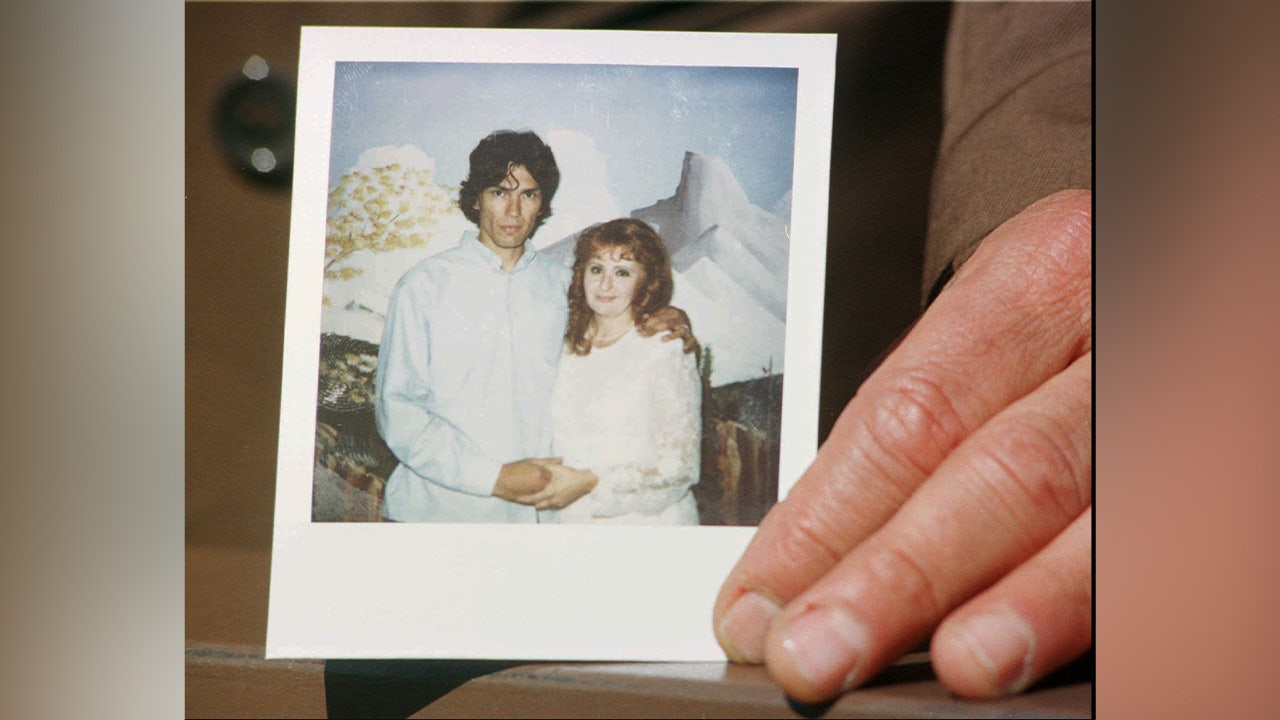Posted on Friday, December 27, 2024
|
by Alexa Astuto
|
0 Comments
|
When we think of New Year’s Eve, a few scenarios come to mind. A kiss from a loved one. Confetti in the air. Fireworks in the street. And gathering around the TV with friends and family to watch the ball drop in Times Square.
But have you ever wondered how this American tradition came to be? Better yet, how Times Square became our keeper of time?
Before blossoming into the extravaganza we know today, it started simply with one match lighting a fuse on a rooftop 120 years ago.
The year was 1904, and the New York Times was eager to move into its new headquarters, the Times Tower, a 25-story building nestled between the avenues of 7th and Broadway. On December 31st, just before midnight, fireworks bursted off the roof to commemorate the building’s completion. These beams of light soared nearly 1,000 feet into the midtown sky, illuminating four large numbers on the rooftop 1-9-0-5, alerting the entire city that it was the new year. New Yorkers stood amazed at the sight, igniting a tradition we still enjoy today.
Gathering in Times Square became a ritual amongst New Yorkers. In 1907, an even grander celebration was constructed, inspired by “time balls,” a time measurement commonly used amongst sailors since the early 19th century. A sphere large enough to be visible off the coast was mounted to a shaft and descended at predetermined times, allowing sailors to synchronize their navigational tools.
This ball-drop concept carried over from ship to the Square, symbolizing New York’s cutting-edge innovation. Jacob Starr, a Ukrainian immigrant and metalworker, designed the first ball, a 5-foot, 700-pound iron and wood sphere adorned with 100 25-watt light bulbs. Six of Starr’s workers used rope to hoist the sphere onto a 70-foot flagpole on top of the Times Tower. His men manually lowered the sphere 10 seconds to midnight, earning cheers of amazement from a plethora of New Yorkers.
This event captured the public’s fascination, and “the ball” has dropped each year since its conception, except for during World War II when the tradition was paused for wartime precautions. In 1942 and 1943, New York City enforced strict blackouts to protect against possible enemy submarines attacking during the night. Despite the lack of the physical ball drop, crowds still gathered in Times Square for a moment of silence and the traditional midnight countdown.
The ball has donned several designs throughout its century-old life, but none as significant as in 1955, when the iron sphere was replaced with a lighter aluminum structure weighing only 150 pounds. This redesign remained unchanged until the 1980s, but has since undergone several revisions.
Even though the New York Times has long moved into a new headquarters, the rooftop of One Times Square continues to set the stage for the adored celebration. A control room for the current sphere consumes the space inside the building that once housed bustling journalists.
Today’s sphere is 12 feet in diameter, weighing in at a whopping 11,875 pounds due to its dazzling makeup of Waterford Crystal triangles illuminated by over 32,000 LEDs. It mechanically descends from a 130-foot pole using a complex pulley system monitored from its control room. Since 1996, a special guest has ceremonially activated the descent by pushing a button on stage, drawing millions of captivated viewers worldwide.
The ball dropping in Times Square has become a quintessential American celebration. The event doesn’t just mark ringing in of the new year; it reflects the resilience, innovation, and collective hope for the future of our families and our country. From one strike of a match lighting the end of a fuse to the most popular holiday production in the world, the ball drop in Times Square is, without a doubt, America’s beloved keeper of time.
NOTE FROM THE EDITOR:
This article is written for historical and entertainment purposes and is not an endorsement of The New York Times.
Read the full article here










